Winter is coming. It’s inevitable. Also inevitable this time of year are the questions we get from people considering solar: What happens to solar when it snows? Is it even worth going solar in a snowy climate?
Allow me to present “everything you need to know about solar and snow but were afraid to ask,” in handy dandy Q&A format.
Q. Will snow accumulate on my solar panels?
A: Yes. How long it stays depends on roof pitch, temperature, and the amount of sunshine. Usually, once a corner of a panel is exposed, the entire (dark, glass) panel heats up fairly quickly and snow begins to shed. Snow usually sheds from solar panels before it sheds from your shingles.
Q. Should I shovel or brush the snow off?
A: No. It’s best to let the snow melt and shed on its own. Safety note: Solar panels are more slippery than shingles, and snow often comes off in a big, heavy mess. (See photo at left, taken by our customer Tony Jagodnik.) When the snow sheds, you may hear a rumble as the snow moves across the panels, followed by a thud as the snow hits the ground. This is normal. It can, however, be dangerous to objects below. Do not park cars or leave grills, outdoor furniture or pets under your panels. Ask us if your system would benefit from “snow guards” to slow the shedding process.
Q. Can I remove the snow from my panels to get more solar production?
A. Standing on a slippery, angled surface is not recommended in any situation. In a normal winter, sunny, above-freezing weather will easily take care of a few inches of snow. If your panels can be reached safely from below, you could try to clear the lower edge of the panels with a lightweight broom. Exposing a portion of the panels will help them warm up and speed the melting.
Q. Will snow on the panels damage my roof or make it more likely to cave in?
A. In general, solar panels protect roofs from weather damage, meaning the shingles under the panels usually last longer than the other shingles. As for weight, before we install a system, we have our structural engineer verify the roof’s capacity to handle the weight of the panels and the “worst case” snow as defined in state building code. In some cases, roof reinforcements are required before we install solar.
Q. Will hail or ice damage my solar electric system?
A. With proper mounting and racking, solar panels are unlikely to receive a direct hit from a hailstone. If one does, the SunPower panels we use should withstand a direct hit from a 1-inch hailstone traveling at 52 mph.
Q. What if the winter is as bad as the Winter of 2015?
A. Ah, the winter of 2015 — referred to in our office as the Worst Winter Ever. (See video below.) That was extreme. Two to three feet of persistent snow can, of course, cause roof issues and impact solar production. We paid some customers for low production that year, under our 20-Year Performance Warranty.
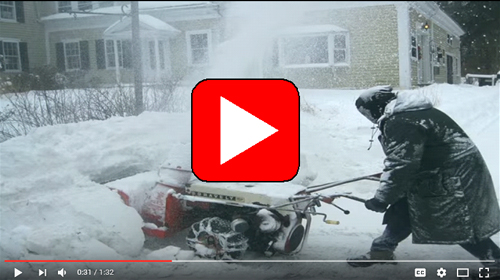
Q. Does snow on the solar panels reduce my solar production?
A. Yes. But, your proposal from us factored in weather and its impact on your solar electricity production and your solar financials, so you’ll know what to expect. If your system falls short for some reason, we’ll pay for the difference under our 20-Year Performance Warranty.
Q. I’m still not convinced solar works in New England.
A. Consider this: Germany is the world’s leader for installed solar capacity. Germany is not a sunny country. According to data gathered from the National Renewable Energy Laboratory’s PV Watts tool, Berlin, Germany has a solar radiation number of 3.00. That’s almost as bad as Juneau, Alaska, which is 2.70. Worcester, Mass., on the other hand, has a solar radiation of 4.39. Sure, sunnier locations like Arizona have the best solar conditions. But we have excellent conditions here. Just ask the thousands of homeowners saving thousands of dollars with solar.
If you liked this article, you might also enjoy:


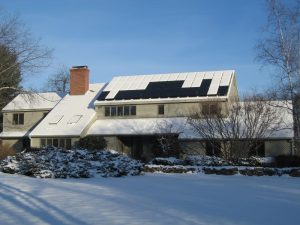
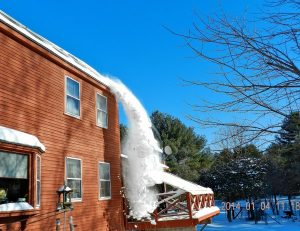
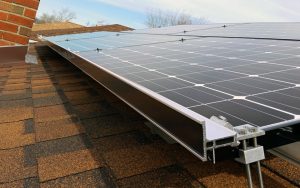
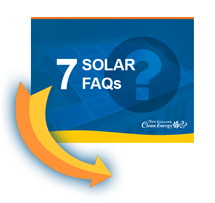 Download our 7 FAQs
Download our 7 FAQs


